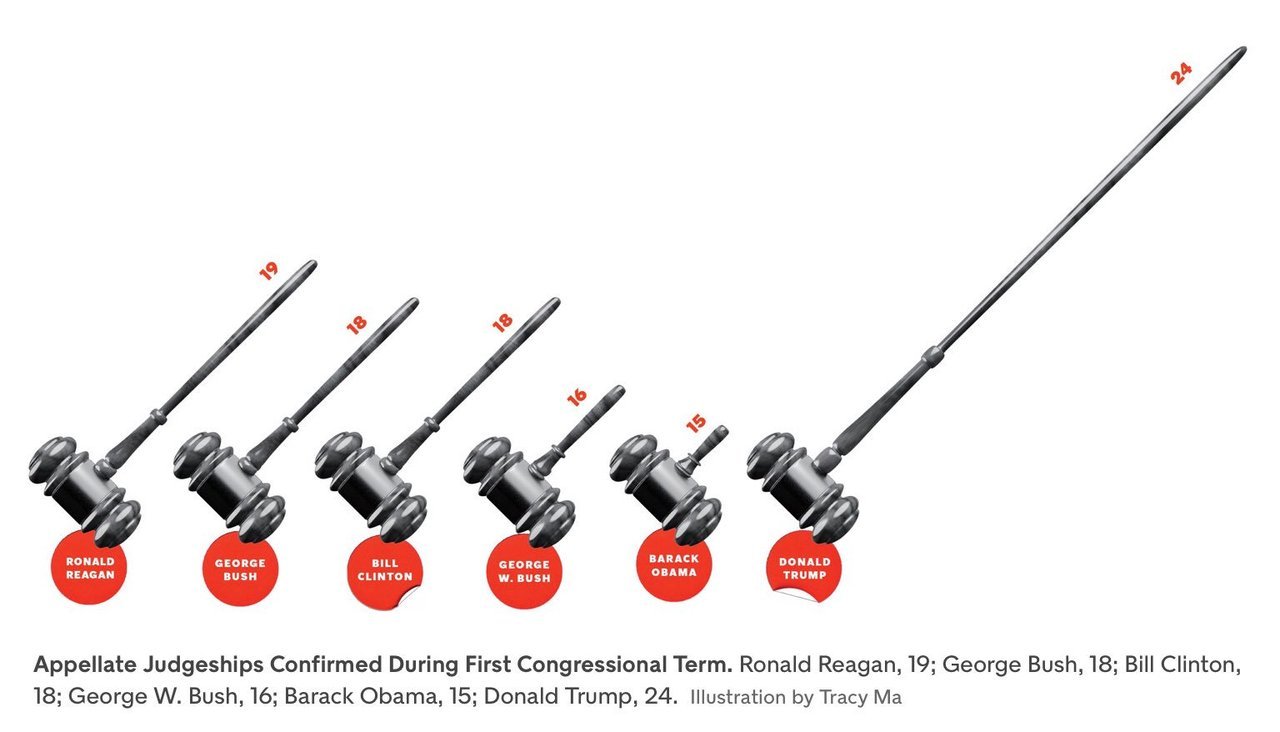A decade and half ago, Ravikiran Rao came up with what he called the “law of conservation of H“. The concept has to do with the South Indian practice of adding a “H” to denote a soft consonant, a practice not shared by North Indians (Karthik instead of Kartik for example). This practice, Ravikiran claims, is balanced by the “South Indian” practice of using “S” instead of “Sh”, because of which the number of Hs in a name is conserved.
Ravikiran writes:
The Law of conservation of H states that the total number of H’s in the universe will be conserved. So the extra H’s that are added when Southies have to write names like Sunitha and Savitha are taken from the words Sasi and Sri Sri Ravisankar, thus maintaining a balance in the language.
Using data from the Bangalore first names data set (warning: very large file), it is clear that this theory doesn’t hold water, in Bangalore at least. For what the data shows is that not only do Bangaloreans love the “th” and “dh” for the soft T and D, they also use “sh” to mean “sh” rather than use “s” instead.
The most commonly cited examples of LoCoH are Swetha/Shweta and Sruthi/Shruti. In both cases, the former is the supposed “South Indian” spelling (with th for the soft T, and S instead of sh), while the latter is the “North Indian” spelling. As it turns out, in Bangalore, both these combinations are rather unpopular. Instead, it seems like if Bangaloreans can add a H to their name, they do. This table shows the number of people in Bangalore with different spellings for Shwetha and Shruthi (now I’m using the dominant Bangalorean spellings).
As you can see, Shwetha and Shruthi are miles ahead of any of the alternate ways in which the names can be spelt. And this heavy usage of H can be attributed to the way Kannada incorporates both Sanskrit and Dravidian history.
Kannada has a pretty large vocabulary of consonants. Every consonant has both the aspirated and unaspirated version, and voiced and unvoiced. There are three different S sounds (compared to Tamil which has none) and two Ls. And we need a way to transliterate each of them when writing in English. And while capitalising letters in the middle of a word (as per Harvard Kyoto convention) is not common practice, standard transliteration tries to differentiate as much as possible.
And so, since aspirated Tha and Dha aren’t that common in Kannada (except in the “Tha-Tha” symbols used by non-Kannadigas to show raised eyes), th and dh are used for the dental letters. And since Sh exists (and in two forms), there is no reason to substitute it with S (unlike Tamil). And so we have H everywhere.
Now, lest you were to think that I’m using just two names (Shwetha and Shruthi) to make my point, I dug through the names dataset to see how often names with interchangeable T and Th, and names with interchangeable S and Sh, appear in the Bangalore dataset. Here is a sample  of both:
of both:
There are 13002 Karthiks registered to vote in Bangalore, but only 213 Kartiks. There are a hundred times as many Lathas as Latas.  Shobha is far more common than Sobha, and Chandrashekhar much more common than Chandrasekhar.
Shobha is far more common than Sobha, and Chandrashekhar much more common than Chandrasekhar.
So while other South Indians might conserve H, by not using them with S to compensate for using it with T and D, it doesn’t apply to Bangalore. Thinking about it, I wonder how a Kannadiga (Ravikiran) came up with this theory. Perhaps the fact that he has never lived in Karnataka explains it.







